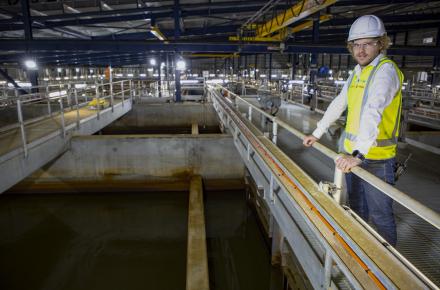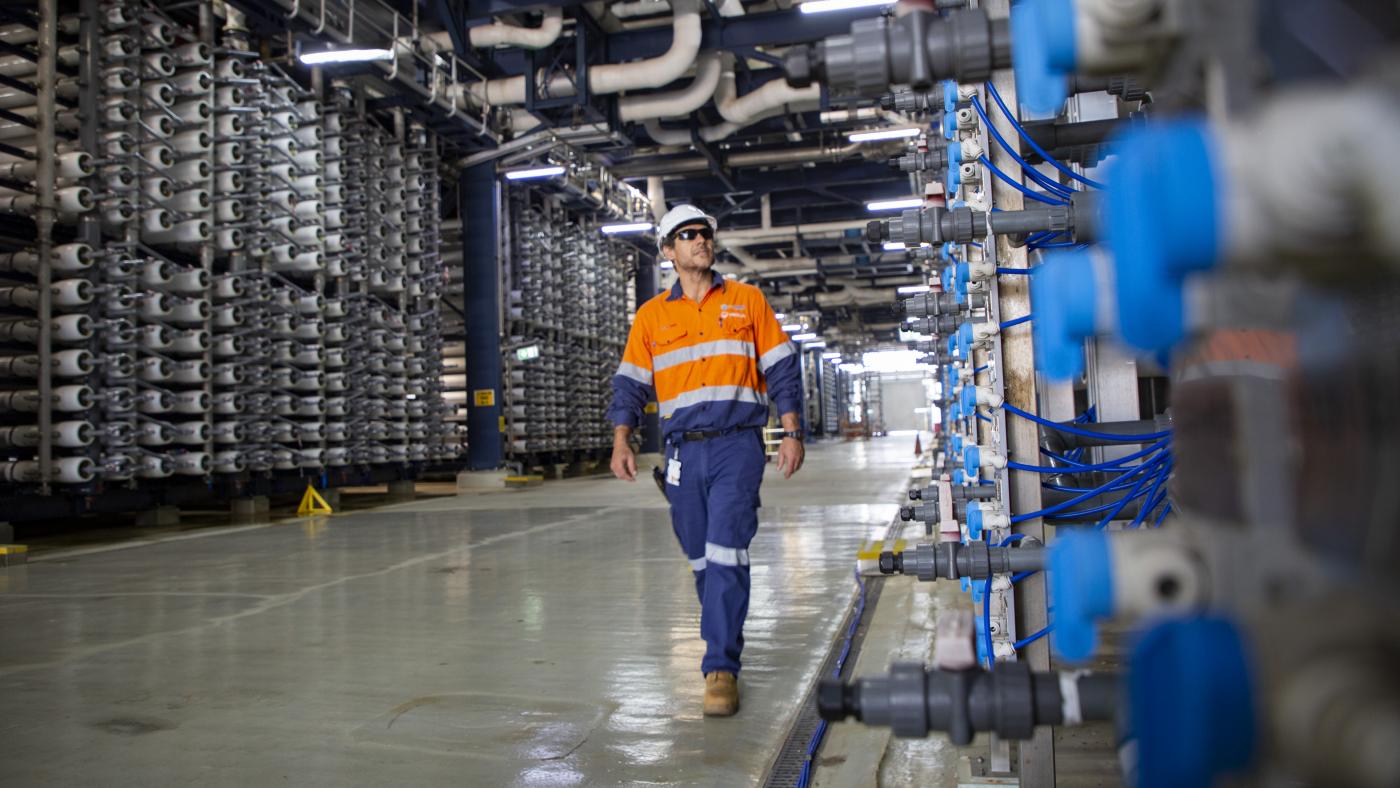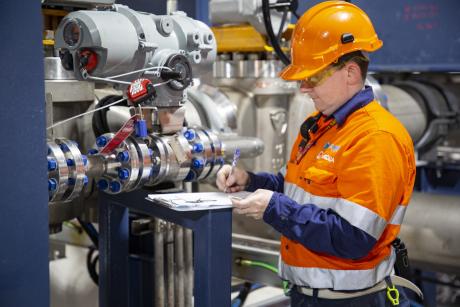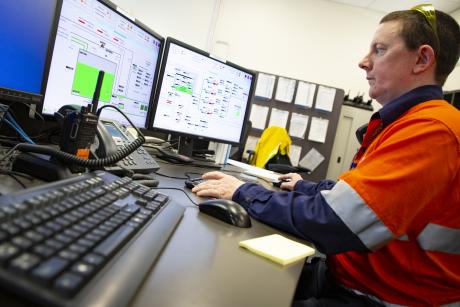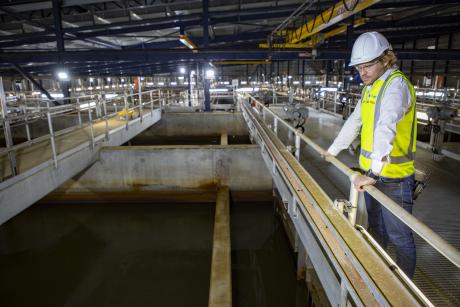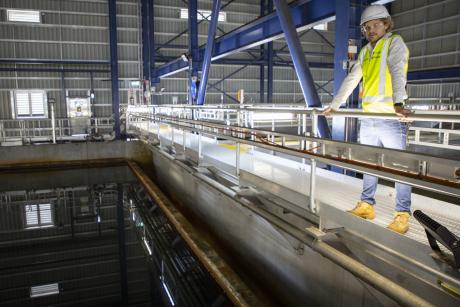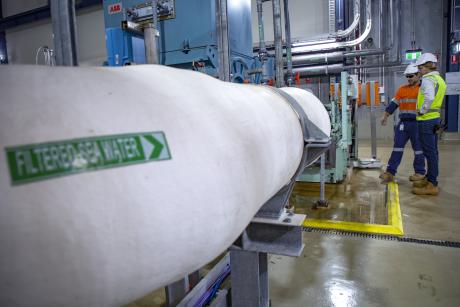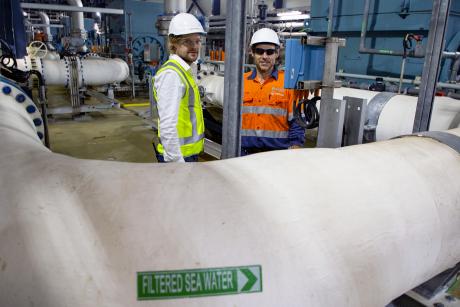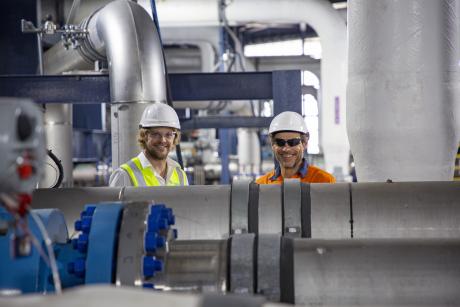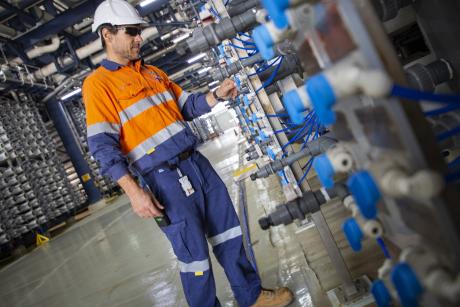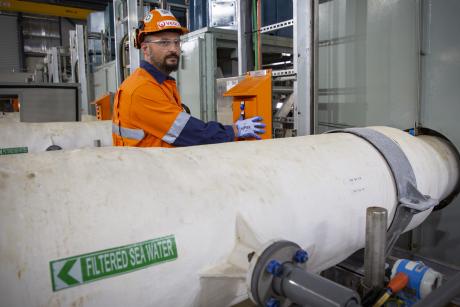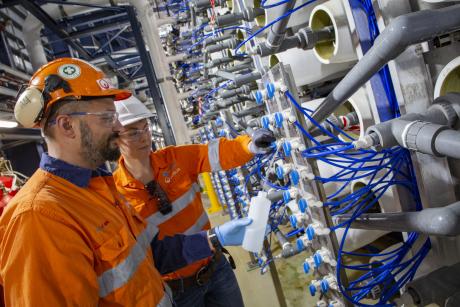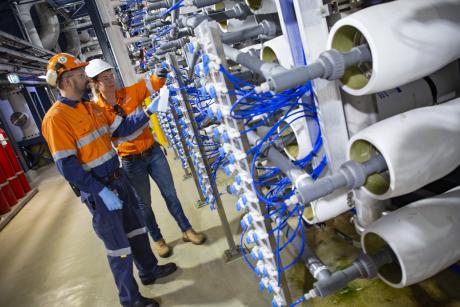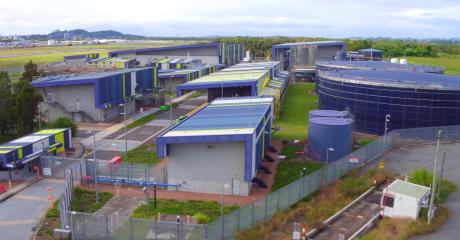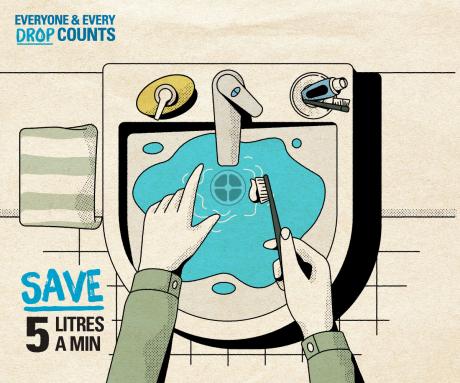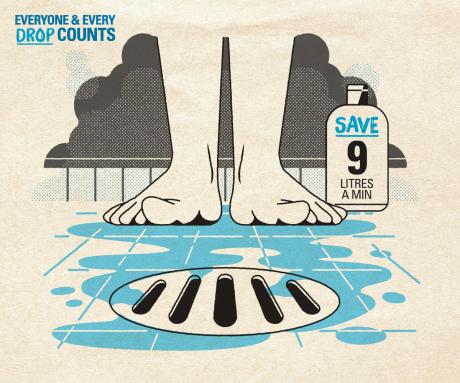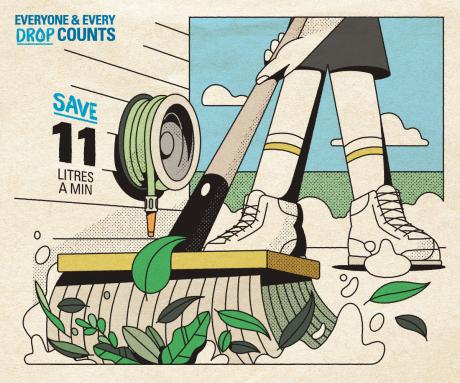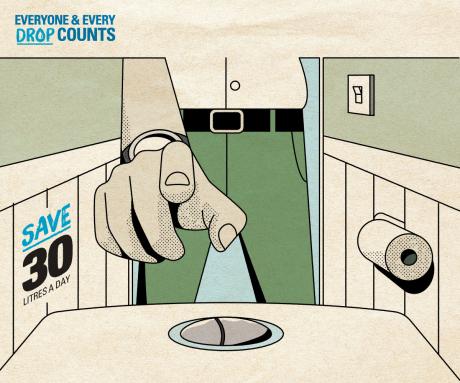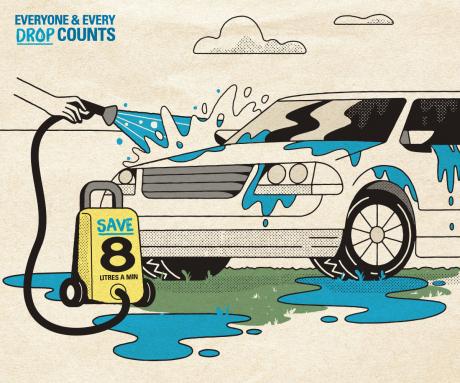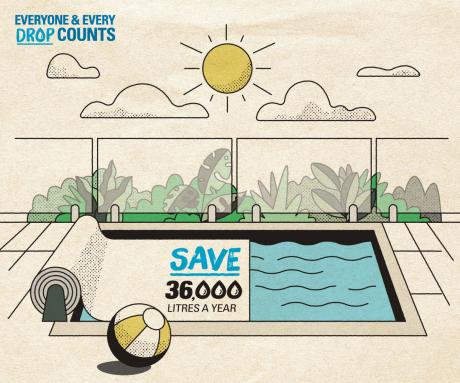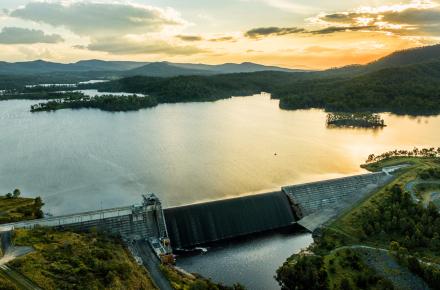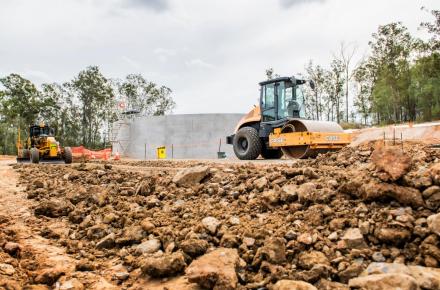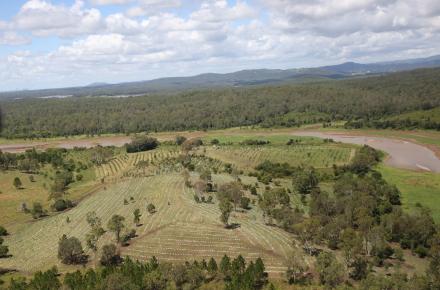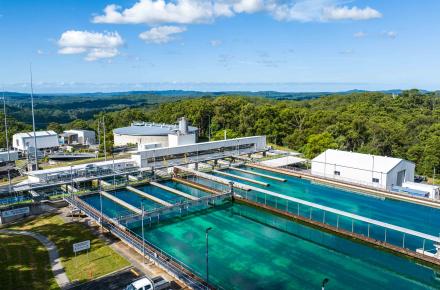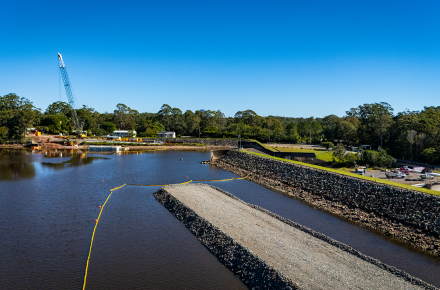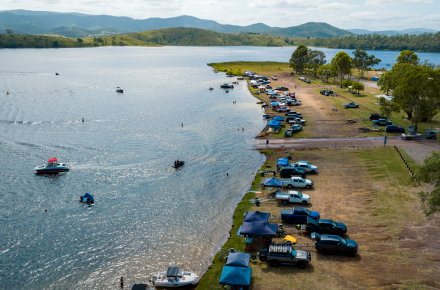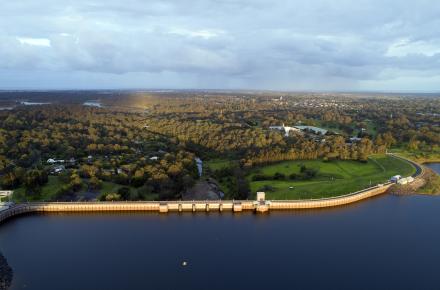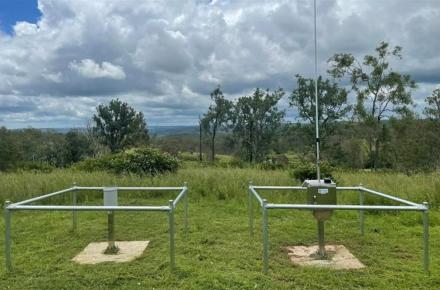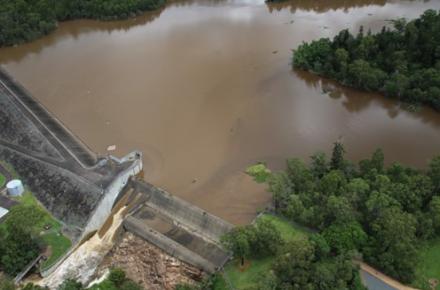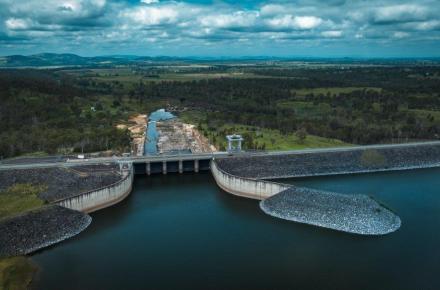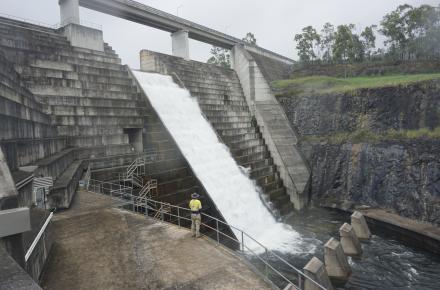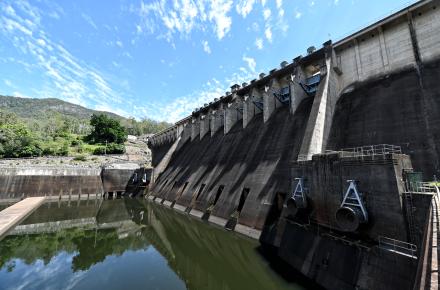A region-wide water conservation campaign was launched last month encouraging South East Queenslanders to monitor their water use and be water wise.
Seqwater Chief Executive Officer Neil Brennan said with dam levels just above 60% capacity, Seqwater and the region’s water service providers had implemented SEQ’s drought response plan.
The plan has been developed by Seqwater in partnership with council-owned retailers Urban Utilities, Unitywater and the water businesses of Redland, Logan and Gold Coast councils.
“While the Bureau of Meteorology forecast to December is indicating a wetter than average second half of the year, we need to take the appropriate steps now to preserve our key drinking water dams,’’ Mr Brennan said.
“The Gold Coast Desalination Plant will again be ramped up to maximise production and Seqwater will be operating the Water Grid to best manage our region’s water supply.
“The desalination plant has the capacity to produce up to 133 million litres of water a day or the equivalent of the daily water supply for almost 300,000 households.’’
SEQ’s largest dams Wivenhoe and Somerset have not recovered from consecutive poor wet seasons.Wivenhoe Dam is now less than 45% capacity – one of its lowest levels in more than a decade.
Seqwater and the region’s water service providers implemented the region’s drought response plan in November last year for the first time since the Millennium Drought. February rainfall increased grid dams to almost 70% capacity, but storage levels have been decreasing since.
Mr Brennan said the community played a critical role in helping to manage the region’s drinking water supply.
Average water consumption across SEQ over August was 156 litres per person per day (l/p/d). Over the first couple of weeks of Spring usage has increased to about 168 l/p/d which is on par for the same period last year. -
“It’s great to see water use almost on target for where we need it to be, but it’s important to continue to look at ways we can continue to reduce water inside and outside the home. There are simple things we can all do that don’t impact our lifestyle but can make a big difference,’’ Mr Brennan said.
“For example, checking your household plumbing for leaks, not watering in the heat of the day and remembering to put your pool cover on when it’s not in use.’’
Water restrictions are not needed until grid storage levels fall below 50% capacity and are at least another wet season away from being required.
Seqwater will continue to closely monitor weather forecasts, catchment conditions and dam levels, and operate the grid as required to best manage the region’s water supply
For water saving hints and tips go to www.seqwater.com.au/water-wise
